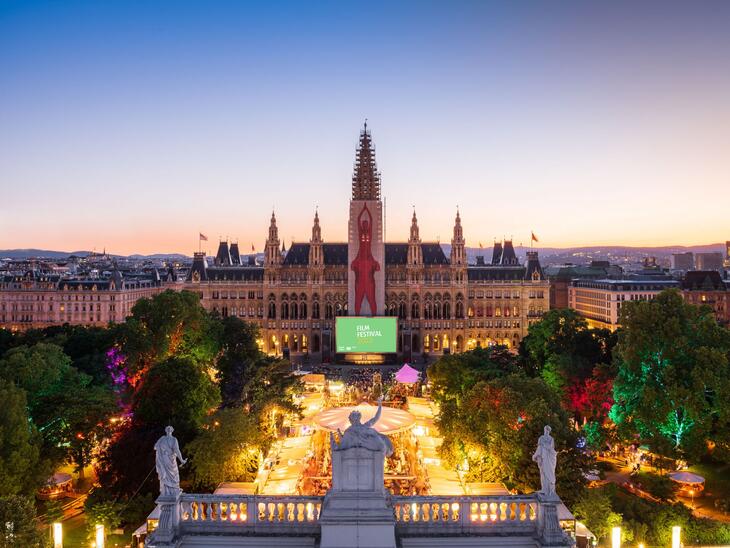What do we hear when we listen to Mozart?
What do we see when we listen to Mozart?
While listening, individual superimpositions of the music arise in the mind through images, associations and thoughts. The installation makes us aware of this aspect of listening to music in an abstract form. The combination with the visual, haptic, spatial experience is intended to induce a changed awareness of what is happening in the music, to listen more intensively. Those who move, see.
The perception of the work depends on the movement of the recipient, whether in pause or passage, passing by. Exploring the music, one can "follow" what is heard in the installation, connecting to places, visual impressions and details within the installation.
The gaze can be directed to different sub-areas, each of which can be viewed as if it were its own layer. For example, the lines of the individual instrumental voices, the timbre of the different instruments, the common harmonic structure, the dialogue between the instruments, the sequence of musical motifs, rhythmic patterns, but also larger-scale changes, such as tension arcs, volume progression, sentence structure.
On top of that there is another layer of interpretation: playing sequences, agogic, articulation, expectation etc. and another layer consisting of associative images, memories, which is triggered in the listeners.
The space is divided by printed fabric panels hanging from the ceiling. Translucent motifs and ephemeral images of a natural space convey visual impressions and act as a filter that allows optical permeability in both directions while shielding and protecting the space.






















